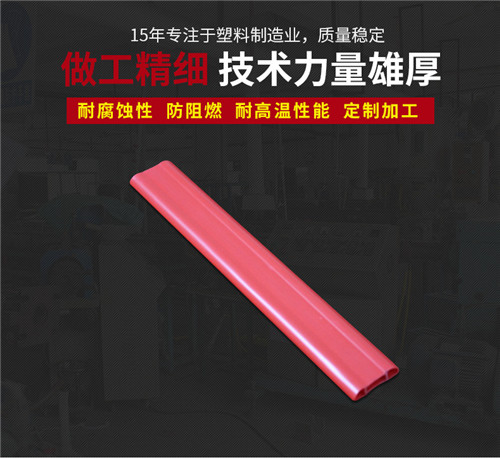
Phone Number :
07 05, 2023

The flame retardant performance test is a critical evaluation conducted to ensure the safety and reliability of Polyvinyl Chloride (PVC) hose in rail transit equipment. This assessment aims to determine the hose's ability to withstand fire hazards and prevent the spread of flames, playing a crucial role in protecting passengers, crew, and the assets of rail transit systems.
The first step in this test is to examine the material composition of the PVC hose. The hose is subjected to various conditions, including exposure to open flames, high temperatures, and smoke. This evaluation determines the hose's resistance to ignition and the rate at which combustion propagates.
Further, the test measures the density of smoke generated during combustion. This parameter is essential in determining the visibility inside the rail transit equipment during a fire, enabling an efficient evacuation process. Additionally, the test evaluates the toxicity of the gases emitted by the PVC hose when exposed to flames, ensuring that the combustion byproducts do not pose a health risk to passengers and rescue teams.
There are several test methods employed to evaluate the flame retardant performance of PVC hose in rail transit equipment. The most common ones include the Cone Calorimeter Test, the Smoke Density Chamber Test, and the Toxicity Test. Each of these tests provides specific information that contributes to an overall evaluation of the hose's safety performance.
In the Cone Calorimeter Test, a small sample of the PVC hose is exposed to controlled heat flux and analyzed for key parameters, such as the heat release rate, ignition time, and total heat release. These parameters help to understand the potential fire behavior of the material and its ability to resist ignition.
The Smoke Density Chamber Test measures the smoke obscuration produced by the hose when subjected to combustion. This test assists in assessing the visibility inside the rail transit equipment and the potential for smoke inhalation by passengers. Furthermore, the Toxicity Test determines the levels of toxic gases released during combustion, ensuring the safety of passengers and rescue teams during fire emergencies.
The flame retardant performance test of PVC hose in rail transit equipment is a comprehensive evaluation that ensures the safety and reliability of these vital components. By assessing the hose's flame retardant properties, including resistance to ignition, smoke density, and toxicity of combustion byproducts, this test guarantees the safety of passengers and crew during fire incidents in rail transit systems. These measures support the overall goal of creating secure and efficient transportation networks for commuters across the globe.